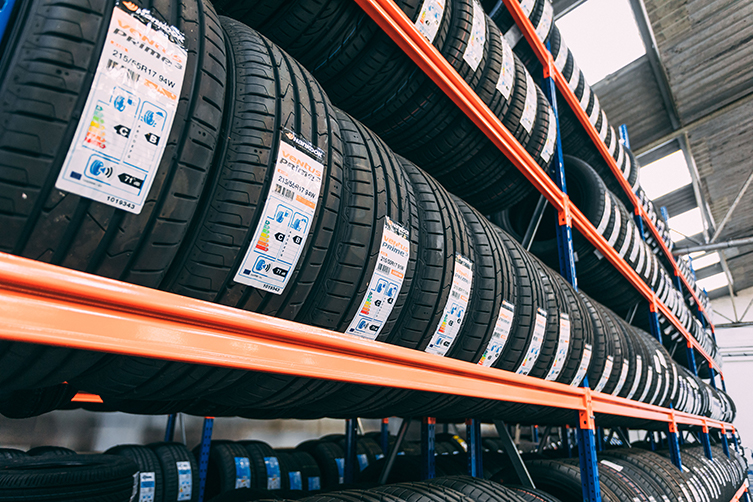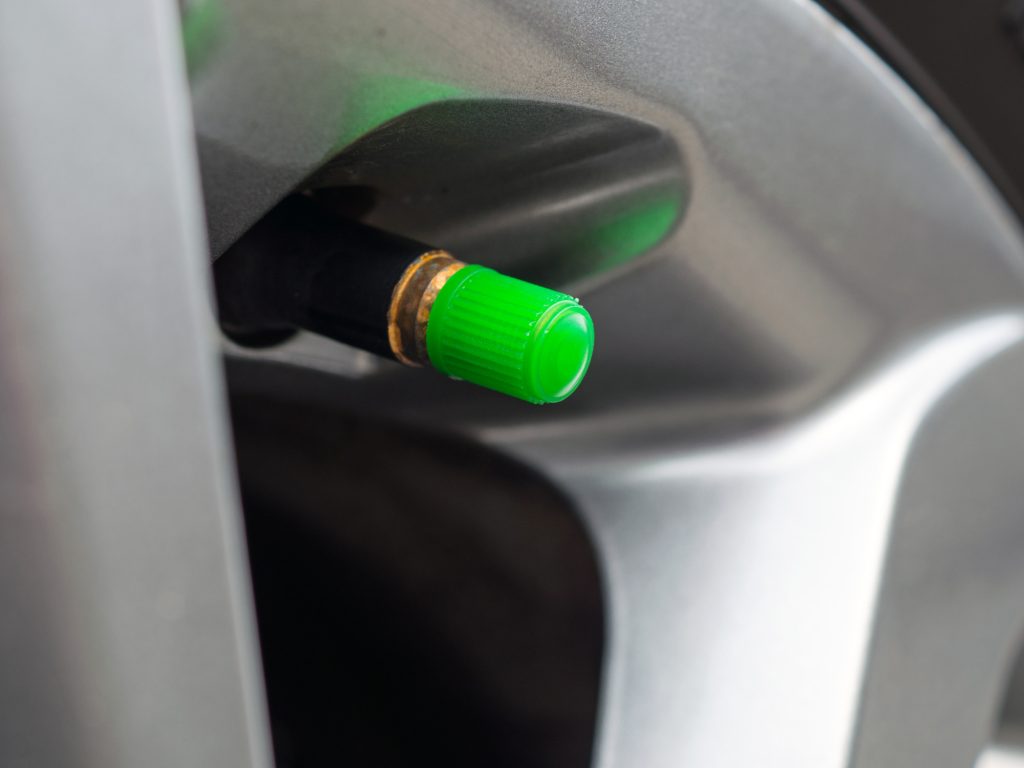What’s the difference – Air Tyres vs Nitrogen Tyres vs Airless Tyres
- Air Filled Tyres: Widely used, lose pressure over time; benefits include easy pressure adjustment and lower cost.
- Nitrogen Filled Tyres: Maintain stable pressure longer, potentially reduce fuel costs, but more expensive and less convenient to refill.
- Airless Tyres: In development by Michelin for a 2024 release, they eliminate puncture risks but will initially be costly and less available.
- Conclusion: Tyre choice should be based on driving needs; air tyres for short trips, nitrogen for high mileage, and airless tyres as a future option.

Air-filled tyres are a car’s trusted companion through any journey – but they aren’t the only option. Famed for use in racing cars, nitrogen tyres are now available for purchase by the everyday motorist. But exactly how beneficial are nitrogen filled tyres for the average driver? And with even more advanced technology on the horizon, namely airless tyres, are there even more options out there to benefit your vehicle? In this article, we compare air-filled, nitrogen-filled, and airless tyres, and explore the key benefits and drawbacks of each for car owners.
Air Filled Tyres
Air is actually comprised of around 78% nitrogen, 21% oxygen, with small trace percentages of water vapour and other minor gases. Since the inception of the tyre, the majority have been filled with air.
However, the oxygen molecules in the air are small enough to pass through the tyre’s rubber, and this is the primary reason why tyre pressure reduces over time. This is simply a truth of standard air-filled tyres, which is why all garages are equipped to measure tyre pressure and adjust this if needed.
Therefore, the key benefits of an air tyre are convenience and cost. You have the luxury of adjusting your tyre pressure, usually for free, at any garage – it also makes replacing a punctured tyre a simple process. This is especially handy in emergencies, deflations, or in the event of blow-outs.
However, air tyres are bad news for the racing industry. It’s vital to know the exact pressure of a racing tyre, and the presence of water vapour in an unknown amount, along with temperature and pressure changes due to the high speeds that race cars reach, it can be very difficult to achieve a consistent pressure. That’s where nitrogen tyres come in.
Nitrogen Filled Tyres

Due to its larger molecule side, nitrogen has more difficulty travelling through tyre rubber – which is good news for drivers. Tyre pressure is therefore likely to remain at a stable level over time, especially in comparison to air tyres. Racing drivers benefit from this, as the stability and consistency helps to buffer against pressure changes brought on by temperature fluctuations. A nitrogen tyre is also less prone to bursting.
But, can everyday motorists also reap rewards from a nitrogen tyre? In theory, yes, as the longer-lasting, consistent tyre pressure can help reduce fuel costs, and means the tyre will require less maintenance and repumping. However, some studies suggest there is little difference in fuel economy between air and nitrogen tyres. Unlike air tyres, nitrogen tyres contain no water vapour, further contributing towards consistent pressure.
However, there are some disadvantages of nitrogen tyres. While it’s easy to use a free compressor at any standard petrol station, you will have to pay to fill a tyre with nitrogen at a specialist garage, making it a more costly choice that comes with extra hassle.
Also – in emergency situations where your tyre is deflating mid-journey, you may be stuck to find a garage that has the ability to pump up your nitrogen tyres. In these cases, you may find yourself forced to inflate with standard air. This is perfectly acceptable.
Airless Tyres
Currently, airless tyres are a work in progress. Michelin have been developing their own models for over a decade, with release expected in 2024. The design of airless tyres means that they are not supported by air pressure, bypassing the risk of punctures. The damaging effects of under and over-inflation will also be eradicated – saving road users money on replacements. Sounds promising, but we shall have to wait a few more years before we can try them out. Initially, their availability is likely to be low and their costs high.
Conclusion
Simply put, the best tyre for you depends on your driving needs. If you’re making short journeys, then a standard air tyre will be more than suitable, as the benefits of nitrogen tyre will probably not be noticeable for your lifestyle. Nitrogen tyres are best suited for motorists who cover many miles on a regular basis, either because of their job or lifestyle – reducing the maintenance and replacement costs that can come from heavy road use. With airless tyres still at the concept stage, who knows the impact they’ll have on lifespan and reliability but we’ll be sure to cover them when they’re on the market.
With over 35 branches across the region, we’re here for your everyday car maintenance needs, as well as your trusted experts in an emergency. We stock a vast range of tyres and car products from various brands, and also provide essential car maintenance. Discover more by contacting our friendly team today.

